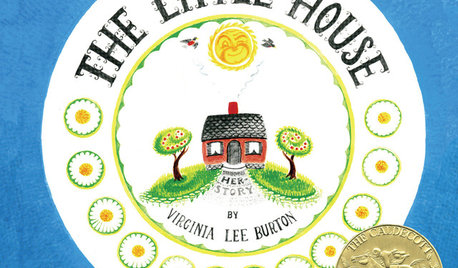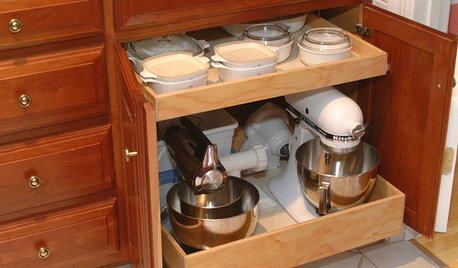watermelon question
telow
12 years ago
Related Stories

KITCHEN DESIGN10 Outdoor Kitchens to Flip Over
Whether you're flipping burgers on Memorial Day or kicking back while someone else cooks, these kitchens hit the spot
Full Story
MORE ROOMSMonochromatic Color Schemes: A Room With a Hue
Can't Decide on a Paint Palette? Go All Out With One Favorite
Full Story
FUN HOUZZHouzz Quiz: What Color Should Your Front Door Be?
Think you’re hip enough for orange? Or optimistic enough for yellow? Take our front-door personality quiz and find out
Full Story
KITCHEN DESIGNKitchen of the Week: Red Energizes a Functional White Kitchen
A client’s roots in the Netherlands and desire for red countertops drive a unique design
Full Story
BOOKS11 Great Children’s Books About Home (and 2 Honorable Mentions)
Homes come in many different shapes and sizes, and these kids’ books highlight the tallest, the smallest, the oldest and the silliest
Full Story
FUN HOUZZHouzz Quiz: How to Find Your ‘Me Time’ Place
Looking for the best place in your house to soothe away your stress? We’re here to help
Full Story
LIFETable Manners for Modern-Day Dining
Elbows and cell phones? Maybe. Forgetting to say 'thank you'? No way. Our mealtime etiquette guide takes the guesswork out of group dining
Full Story
MOST POPULARHow to Choose a Front Door Color
If choosing a door paint isn't an open-and-shut case for you, here's help
Full Story
LANDSCAPE DESIGNNatural Swimming Pools: More Beauty, No Chemicals
Keep your skin and the environment healthy with a pool that cleans itself, naturally
Full Story
KITCHEN APPLIANCESConsidering a New Kitchen Gadget? Read This First
Save money, time and space by learning to separate the helpers from the hassles
Full StorySponsored
More Discussions






soonergrandmom
Okiedawn OK Zone 7
Related Professionals
New Bedford Landscape Architects & Landscape Designers · Horsham Landscape Architects & Landscape Designers · Bell Gardens Landscape Contractors · Medford Landscape Contractors · New Cassel Landscape Contractors · Olympia Landscape Contractors · Soddy Daisy Landscape Contractors · Woodbury Landscape Contractors · Sun Valley Landscape Contractors · Bensenville Landscape Contractors · Bloomington Decks, Patios & Outdoor Enclosures · Fort Pierce Decks, Patios & Outdoor Enclosures · Markham Decks, Patios & Outdoor Enclosures · Orange County Decks, Patios & Outdoor Enclosures · Villa Park Decks, Patios & Outdoor EnclosurestelowOriginal Author
Okiedawn OK Zone 7
grn_grl
Okiedawn OK Zone 7
merrybookwyrm